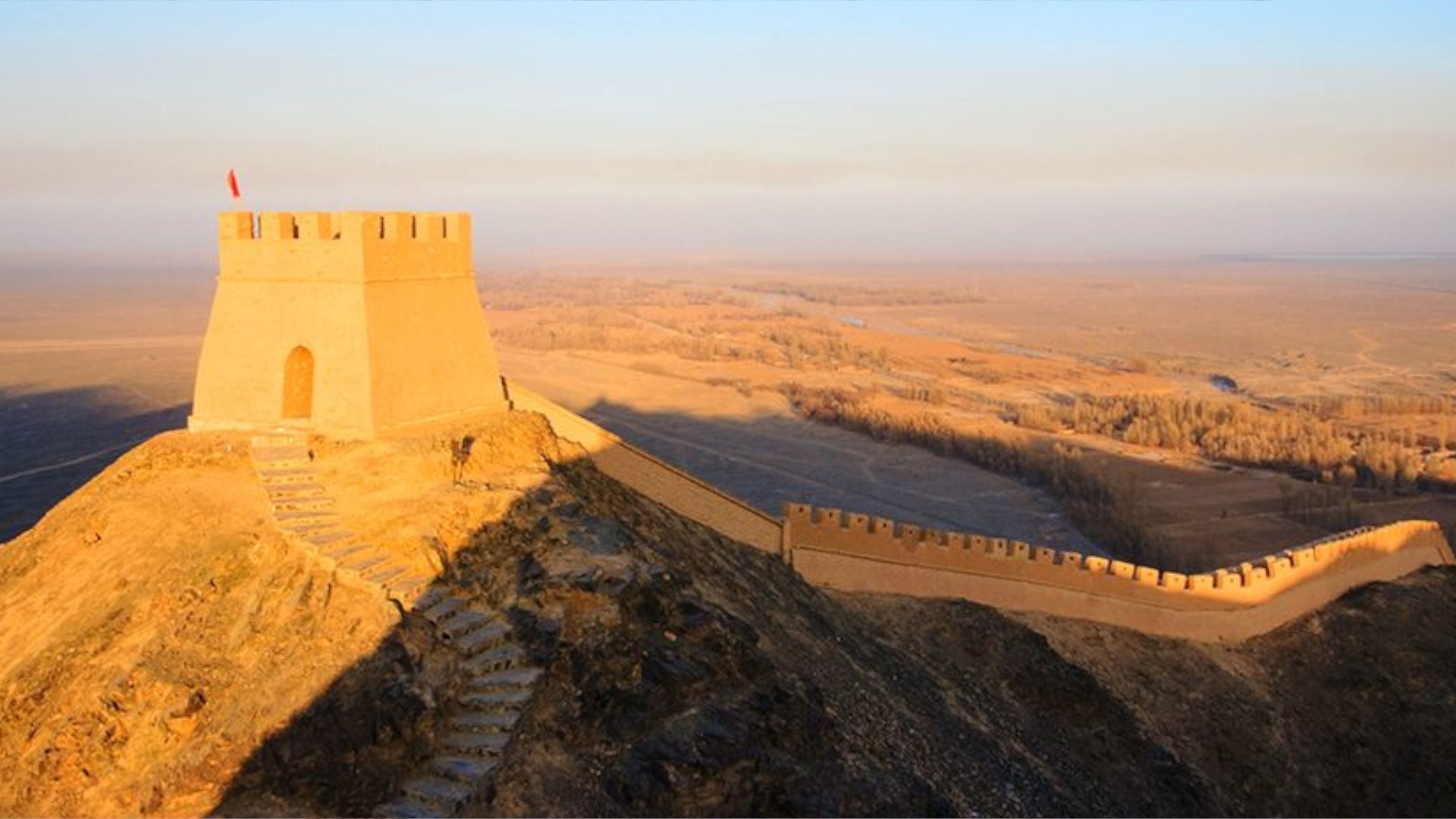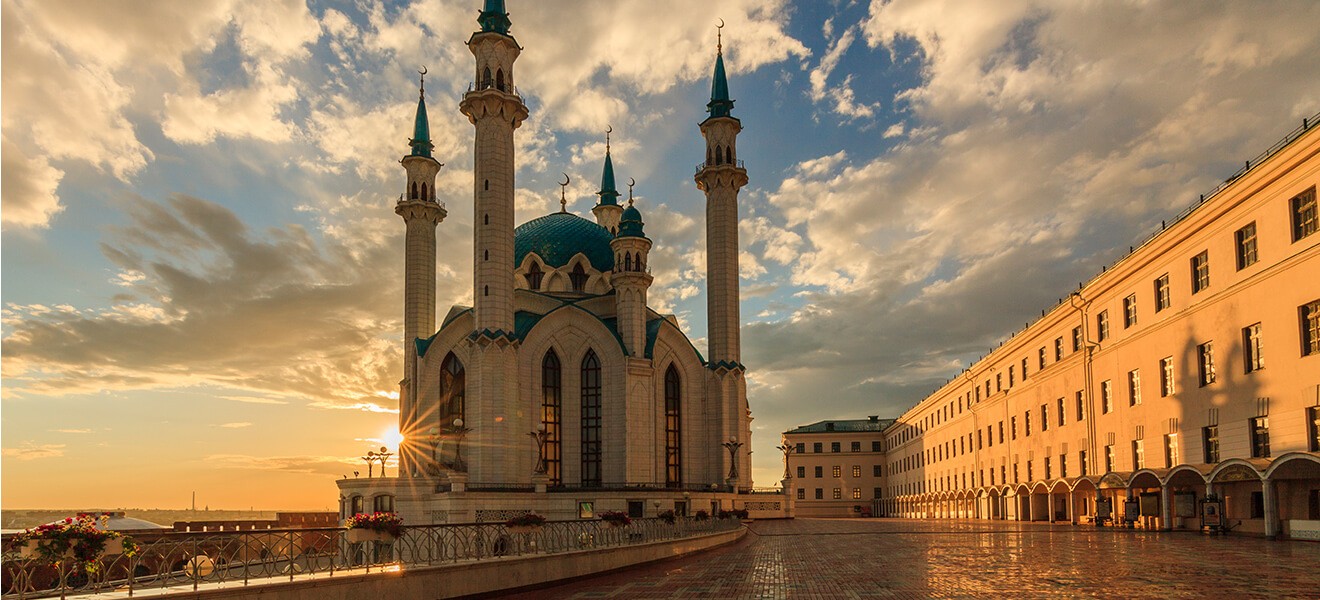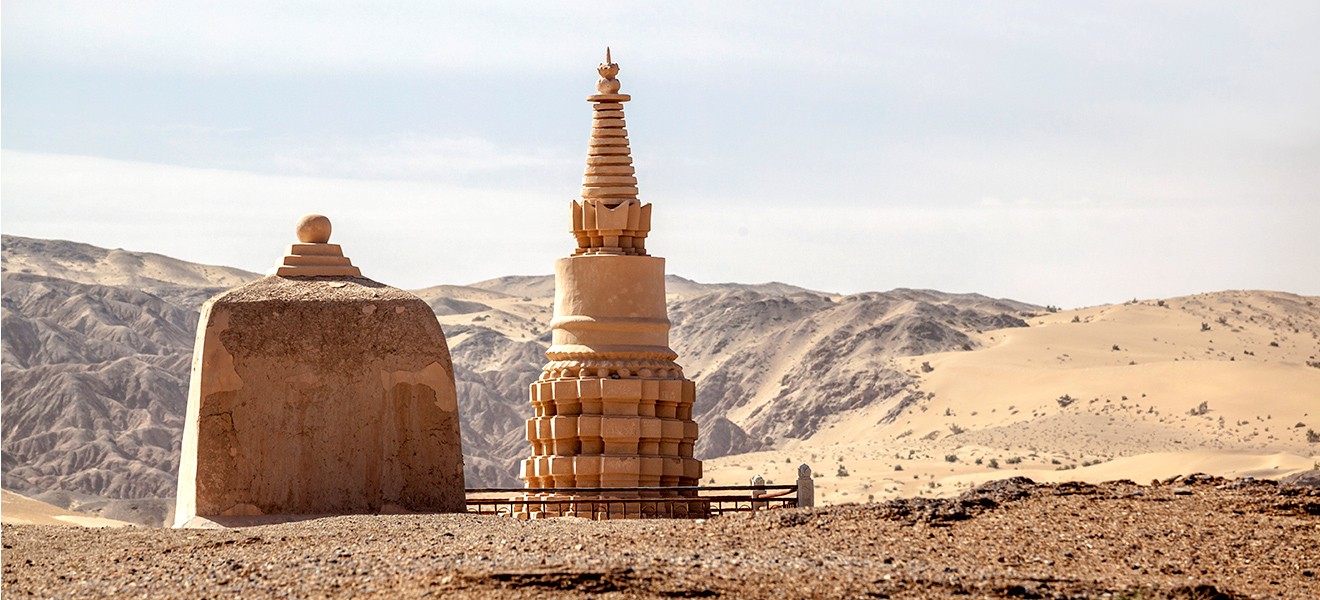Our tool for managing your permission to our use of cookies is temporarily offline. Therefore some functionality is missing.

DISCOVER THE SILK ROAD.
The world’s most ancient and sprawling trade route, which joined the ancient East and West, is still home to some of the most incredible wonders of the world.
Earlier this year, MINI sent three teams to participate in the Silk Way Rally, the second-longest marathon cross-country rally after the famous Dakar Rally. The MINI teams raced special competition vehicles based on the new generation MINI John Cooper Works Countryman, which we test drove recently.
The Silk Way Rally is an epic two-week adventure that traverses 9,559km, starting in Russia’s historical Red Square in Moscow, and crossing areas of Russia, Kazakhstan and China to end in Xi’an, capital of Shaanxi province in central China. The route crosses some of the world’s most remote and difficult terrain, but also some of the most scenic landscapes in the world.
The Silk Way Rally has its origins in the fabled Silk Road, a legendary network of trade routes that for many centuries linked East and West (from Rome to China) before the advent of shipping and other factors that eventually led to the network falling into disuse. These routes led to cultural cross-pollination that had a huge influence on all who used the routes for the trade of paper (invented in China but not made in the West until the advent of the printing press), gunpowder, spices, jade and, of course, silk.
While the Silk Road is no longer central to trade, it still has a firm hold in our cultural imaginations, and the natural and man-made landmarks along the way still inspire exotic imaginings and spectacular experiences.
While the three MINI crews concentrated all their energies on speed, driving skill and navigation, MINI Living brings you the top 10 most spectacular attractions of the Silk Road.

THE SILK WAY RALLY COVERS TWO CONTINENTS AND
9,559km OVER 14 DAYS.
1. The Nizhny Novgorod Kremlin
The kremlin in Nizhny Novgorod (known as Gorky until 1990) in western Russia has the reputation as the region’s most impressive building. It’s essentially a medieval (16th century) fortress built to protect the city’s residents – with 13 towers and two kilometres of fortress walls, plus some incredibly impressive engineering for its time.
2. The Kazan Kremlin
The only surviving Tatar fortress in Russia, the Kazan Kremlin was built after Ivan the Terrible sacked the castle of the Kazak Khans in 1552. It’s a spectacular integration of Islam and Christian architectural influences.
3. Bayterek Tower
This modern monument in Astana, the capital of Kazakhstan, is a landmark and an icon of the region. The 105m-high construction, opened in 2002, symbolises new beginnings. Its design was inspired by a local myth about the tree of life and a magical bird that laid a golden egg in its branches. The egg is said to hold the secret of happiness.
4. Lake Tianchi
This lake high in the Tian Shan mountains of northwest China is known as Heavenly Lake, a perfect jade-coloured disc of water surrounded by snow-capped mountains. The lake may not be large, but its shape and setting make it a landmark of huge natural beauty.
5. Jiaohe
This ancient mud-brick settlement on top of a 30m cliff at the confluence of two rivers west of Turpan, China, is the oldest and best-preserved ruin of its kind. It dates back around 2,300 years, and served as a key trade point on the Silk Route because of its protected position.
LAKE TIANCHI HIGH IN THE TIAN SHAN MOUNTAINS MEANS

6. Mogao Caves
These spectacular caves near Dunhuang in Gansu province, China, are not only another of the Silk Road’s most important sites of cultural exchange, but are also the richest and oldest repository of Buddhist art in the world. The site dates back to the year 366 and features 492 caves with 45,000m2 of murals and more than 2,000 painted sculptures.
7. Crescent Lake
This outpost marked by a sand dune known as Echoing Sand Mountain (because of the roaring sounds the wind makes, which can be heard miles away) on the edge of the Taklamakan Desert is an otherworldly oasis with a pond, Crescent Lake, at its base. Its spectacularly contrasting scenery makes it an arresting site, and a Silk Road landmark.
8. Yumen Pass
Known as the Jade Gate because of its function as a prosperous gateway for the trade of silk, porcelain, tea and, of course, jade, all that remains of the once massive defensive network separating the western regions (and attacks from the Huns) from central China is this lone castle.
9. The Overhanging Great Wall
The westernmost tip of the Chinese Great Wall that marked the very furthest reaches of Chinese civilisation, this part of the wall dates back to the Ming Dynasty (around 1540), and was built to defend the northern entrance to Black Mountain Valley. From a distance it looks like a painting hanging on the back of the mountain, which is where its name comes from.

Thousands of life-sized clay warriors dating back to the late third century BC were made to guard the tomb of China’s first emperor, Qin Shi Huang.
10. The Terracotta Army
The spectacular discovery of thousands of life-sized clay warriors was made in 1974, and dates back to the third century BC. The army of individually made warriors, horses and chariots was made to guard the tomb of China’s first emperor, Qin Shi Huang, and guarantee his passage to the afterlife. It would have taken about 700,000 craftsmen to make the Terracotta Army.
Discover more about the powerful new MINI Countryman.



